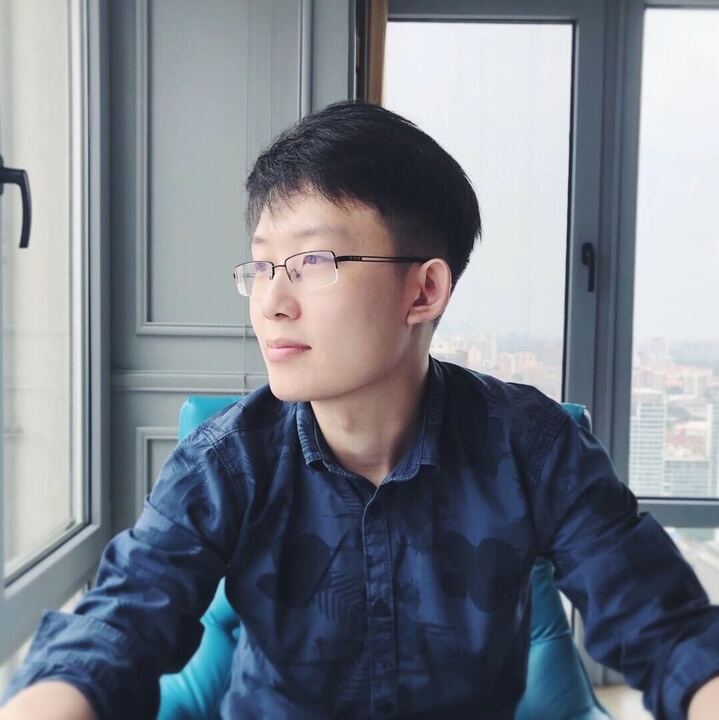Zhihao Zhang

9219 GHC,
4902 Forbes Ave,
Pittsburgh, PA 15213
I am a third-year Ph.D. student at Computer Science Department of Carnegie Mellon University. I’m a member of the CMU Catalyst research group, and fortunate to be advised by Prof. Zhihao Jia.
Prior to joining CMU, I received my Master degree at the Robotics Institute of Carnegie Mellon University and B.Sc in Computer Science at Renmin University of China, where I have been advised Prof. Changliu Liu and Prof. Qin Jin.
Research interests: Connecting ML with compute.
selected publications
- NeurIPSCommunication Bounds for the Distributed Experts ProblemIn The Thirty-eighth Annual Conference on Neural Information Processing Systems , 2024
- ICLRTidalDecode: Fast and Accurate LLM Decoding with Position Persistent Sparse Attention2024